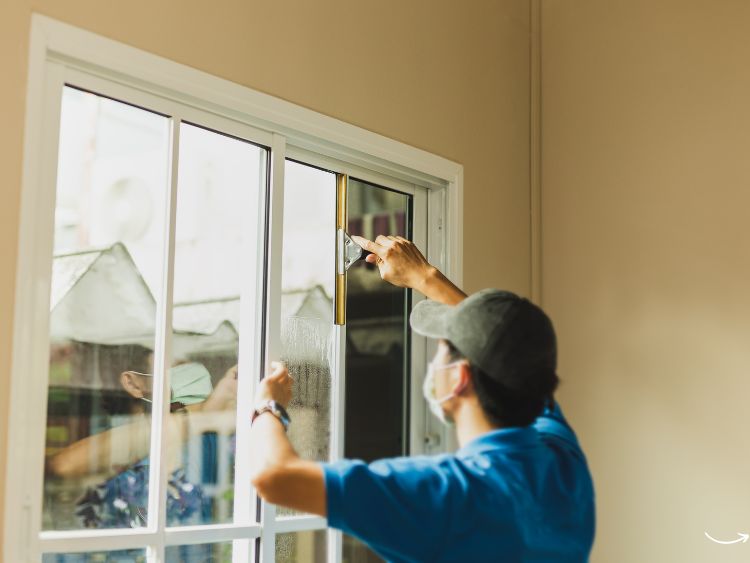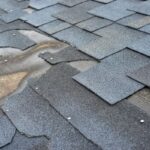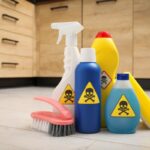Picture this: you’re standing in front of a towering skyscraper, its windows glistening under the morning sun. Have you ever wondered who ensures those windows sparkle with perfection? Welcome to the fascinating world of high rise window cleaning! This profession isn’t just about aesthetics; it’s about safety, technique, and the sheer thrill of working at dizzying heights. In this comprehensive guide, we’ll explore every nook and cranny of high rise window cleaning, ensuring you understand the ins and outs of this high-stakes job.
What is High Rise Window Cleaning?
High rise window cleaning involves cleaning the windows of tall buildings, often using specialized equipment and techniques to ensure safety and efficiency. Unlike standard window cleaning, high rise window cleaning requires a unique set of skills and a fearless attitude.
Why is High Rise Window Cleaning Important?
- Aesthetic Appeal: Clean windows enhance the building’s appearance, making it more attractive to tenants, customers, and visitors.
- Longevity of Windows: Regular cleaning prevents the buildup of dirt and grime, which can cause damage over time.
- Health and Safety: Clean windows allow more natural light to enter, creating a healthier and more pleasant environment for occupants.
The Tools of the Trade
High rise window cleaning isn’t just about squeegees and soap. Here’s a rundown of the essential tools used:
- Bosun’s Chair: A single-seat harness that allows the cleaner to descend the side of the building.
- Suspension Scaffold (Swing Stage): A platform that can be lowered and raised to different levels.
- Rope Access Systems: Utilizing ropes for descending, ascending, and traversing across the building facade.
- Water Fed Poles: Long poles that pump purified water to clean windows without the need for ladders or scaffolding.
- Safety Gear: Including helmets, harnesses, carabiners, and ropes to ensure the safety of the cleaners.
Safety First!
When it comes to high rise window cleaning, safety is paramount. Cleaners must undergo rigorous training and adhere to strict safety protocols. Here are some key safety measures:
- Regular Equipment Checks: Ensuring all gear is in perfect condition before use.
- Weather Monitoring: Avoiding cleaning on windy or stormy days to prevent accidents.
- Communication Systems: Using radios or other communication devices to stay in constant contact with the ground crew.
- Emergency Procedures: Having a clear plan in place for rescues or accidents.
The Cleaning Process
Ever wondered how those high-rise windows get so clean? Here’s a step-by-step breakdown of the process:
- Inspection: Assessing the building and planning the cleaning strategy.
- Setting Up: Installing the necessary equipment and ensuring all safety measures are in place.
- Pre-cleaning: Removing loose dirt and debris with a dry brush or cloth.
- Applying Cleaner: Using specialized cleaning solutions that are safe for the environment and effective at removing grime.
- Squeegeeing: Removing the cleaning solution with a squeegee for a streak-free finish.
- Detailing: Wiping edges and corners with a microfiber cloth for that final touch.
Challenges Faced by High Rise Window Cleaners
Working at such heights comes with its own set of challenges:
- Weather Conditions: Wind, rain, and extreme temperatures can make the job difficult and dangerous.
- Access Issues: Some buildings have unique designs that make certain areas hard to reach.
- Physical Demands: The job requires physical strength and endurance, as cleaners must maneuver heavy equipment while maintaining balance.
Tips for Aspiring High Rise Window Cleaners
Thinking about joining the ranks of these fearless cleaners? Here are some tips to get started:
- Get Trained: Enroll in a reputable training program that covers both the technical and safety aspects of the job.
- Gain Experience: Start with low-rise buildings and gradually work your way up.
- Stay Fit: Maintain good physical fitness to handle the demands of the job.
- Stay Updated: Keep abreast of the latest techniques and safety protocols in the industry.
FAQs
Q: How often should high rise windows be cleaned?
A: It depends on the building’s location and environmental factors, but generally, twice a year is recommended.
Q: What are the risks involved in high rise window cleaning?
A: The main risks include falls, equipment failure, and adverse weather conditions. However, with proper training and equipment, these risks can be minimized.
Q: How much do high rise window cleaners earn?
A: Earnings vary based on location and experience, but high rise window cleaners typically earn a competitive wage due to the job’s risks and demands.
Q: What qualifications are needed to become a high rise window cleaner?
A: No formal qualifications are needed, but certification in rope access and safety training is highly recommended.
Q: Are there any alternatives to traditional high rise window cleaning methods?
A: Yes, advancements in technology have led to the development of robotic window cleaners and drones, although these are not yet widely used.
Conclusion
High rise window cleaning is a thrilling and essential profession that ensures our skyscrapers shine brilliantly against the skyline. It’s a job that requires skill, bravery, and a meticulous approach to safety. Whether you’re an aspiring cleaner or simply fascinated by the profession, we hope this guide has given you a clear insight into the world of high rise window cleaning.
Authoritative Links
For more information on high rise window cleaning, check out these resources:
- Occupational Safety and Health Administration (OSHA): https://www.osha.gov/
- International Window Cleaning Association (IWCA): https://www.iwca.org/
- Rope Access Trade Association (RATA): https://www.rata.org/
By understanding the intricacies and challenges of high rise window cleaning, we can better appreciate the skill and dedication of those who keep our city’s tallest buildings looking their best.




